
How to clean a dog's eyes
When we look into our dogs' eyes, their bright and lively eyes seem to be able to speak, conveying dependence and trust.
As a loyal companion of humans for tens of thousands of years, dogs have developed a sophisticated and affectionate system of body language during the process of domestication. Every twitch of their muscles and gentle wag of their tails are emotional signals they send to humans, waiting for us to decipher.
Facial expressions are the most direct projection screen of a dog's emotions. When a Labrador Retriever squints its eyes, the corners of its mouth naturally relax into a soft arc, and it occasionally sticks out its pink tongue and pants gently, this is a sign that it is in a state of extreme comfort and trust. Just as a human's relaxed eyebrows and eyes convey a sense of pleasure, at this moment, the dog may be curled up at the owner's knees, enjoying a warm stroke. However, when a Border Collie's ears stand up forward like a radar, its round pupils reflect the figure of a strange visitor, and part of its teeth are exposed under its slightly wrinkled nostrils, this is a signal of danger warning. It is worth noting that when a dog blinks frequently and licks its nose lightly, it is not a physiological need but a "pacifying signal" similar to a human's reassuring smile. There was a real case in a pet hospital where a Shiba Inu that was nervous about seeing a doctor immediately expressed its relief by blinking continuously after the owner held its paw, demonstrating the powerful role of body language in emotional communication.
A dog's tail can be regarded as a barometer of its emotions, and the amplitude, speed, and direction of its wagging all hide secrets. When a Corgi welcomes its owner at the door, its short tail wags from side to side at a high frequency, almost forming a blurred shadow, which is the embodiment of uncontrollable joy. When a Siberian Husky holds its tail high and trembles slightly, accompanied by a straight back and a direct gaze, it is asserting its territorial sovereignty. Research from the University of Portsmouth in the UK has revealed a more subtle phenomenon: when a dog wags its tail to the left, the left cerebral hemisphere dominates positive emotions; when it wags its tail to the right, the right cerebral hemisphere deals with stress. This neurological mechanism provides a scientific basis for interpreting the tail's movements. In reality, a stray dog that had been abandoned, when it met its new owner, its tail gradually rose and wagged from being initially drooping and cowering, wordlessly telling the psychological transformation from fear to trust.
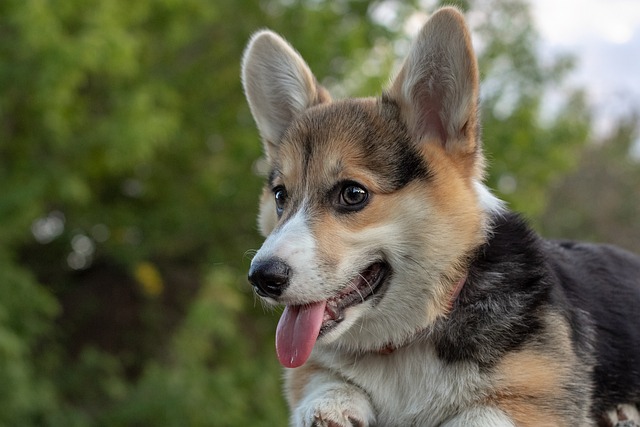 Body posture constructs a dog's behavioral declaration. A Bichon Frise lying on the ground and exposing its soft belly, showing its most vulnerable part without reservation, is a manifestation of absolute trust in the owner; a Doberman Pinscher standing with its chest out, head held high, and walking with a steady gait exudes confidence and a sense of control. However, when a Chihuahua curls up into a ball, its ears are pressed tightly against its head, and its back is arched high, this defensive posture indicates that it is in a state of extreme fear. In the social scene of dogs, the "invitation bow" is the most infectious interactive signal. When two Samoyeds put their front legs on the ground, raise their hips high, and look at each other eagerly, this childlike action is like saying "Come and play with me", showing their eagerness for social interaction.
Body posture constructs a dog's behavioral declaration. A Bichon Frise lying on the ground and exposing its soft belly, showing its most vulnerable part without reservation, is a manifestation of absolute trust in the owner; a Doberman Pinscher standing with its chest out, head held high, and walking with a steady gait exudes confidence and a sense of control. However, when a Chihuahua curls up into a ball, its ears are pressed tightly against its head, and its back is arched high, this defensive posture indicates that it is in a state of extreme fear. In the social scene of dogs, the "invitation bow" is the most infectious interactive signal. When two Samoyeds put their front legs on the ground, raise their hips high, and look at each other eagerly, this childlike action is like saying "Come and play with me", showing their eagerness for social interaction.
Dynamic behaviors are also an important window to understanding a dog's inner world. A Poodle that suddenly runs wildly around the house and chases in circles may be exhibiting a "zoomies" behavior, which means it urgently needs to release its pent-up energy, or it may be venting its anxiety. Frequent lip licking and yawning often occur in unfamiliar environments, just like the habitual actions of humans when they are nervous. A Chinese rural dog that sniffs the ground and digs the soil is exploring the world with its sense of smell, marking its territory through urine and claw marks. Every sniff is an attempt to decipher the odor code of the environment. A pet behaviorist once observed that a puppy that had just arrived at its new home gradually established its perception and sense of security of the new environment by repeatedly sniffing the corners of the furniture.
Interpreting a dog's body language is a heart-to-heart conversation across species. It requires not only professional knowledge of animal behavior but also full empathy and companionship. When we squat down and perceive the world from a dog's perspective, we can find that a trembling body is a helpless cry for help, a gentle touch of a wet nose is a tender sign of dependence, and a quiet snuggle is the most affectionate confession. This understanding brings not only harmonious coexistence but also a resonance at the spiritual level. In the company of each other, we understand the joys and sorrows of dogs, and we also gain their unreserved trust and love, making the bond across species grow deeper in the silent communication.

When we look into our dogs' eyes, their bright and lively eyes seem to be able to speak, conveying dependence and trust.
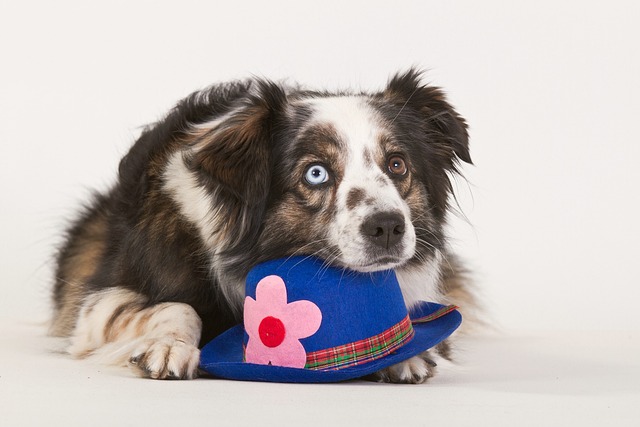
When you come home after a busy day, you open the door and see your dog lying quietly on the floor, wagging its tail and looking at you. The warmth and healing of that moment are the most cherished moments for countless dog owners.
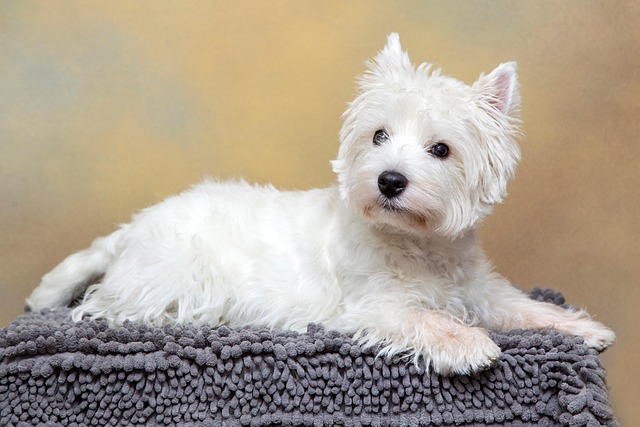
When a dog that is usually lively and active suddenly loses its appetite, becomes listless, or even vomits frequently, every pet owner will be worried that it is intestinal obstruction, a "health killer".
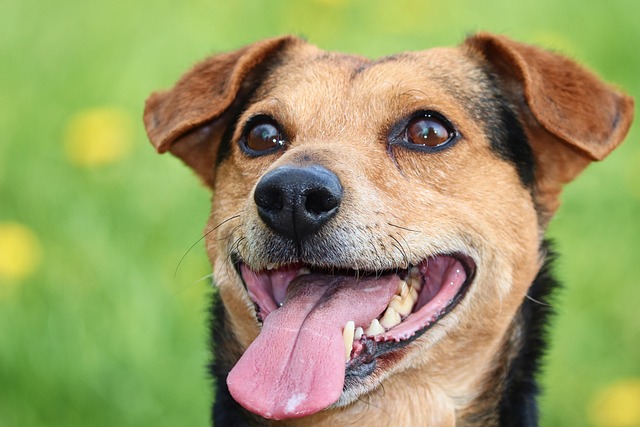
When we caress the furry ears of dogs and enjoy the warm moments of cuddling up with each other, our hearts are filled with happiness.
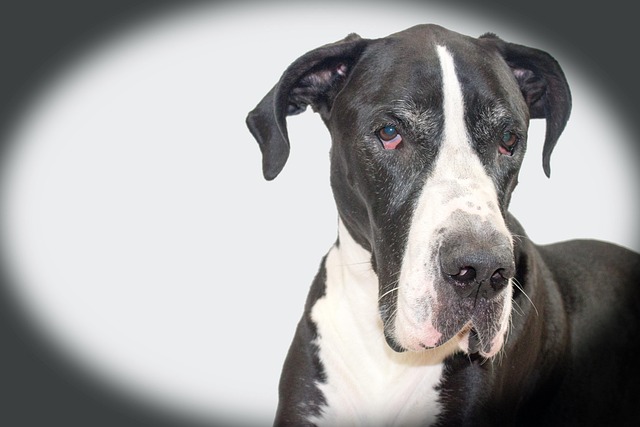
When we see the dog frequently shaking its head, scratching its ears, and even having red and swollen ears with an unpleasant smell,
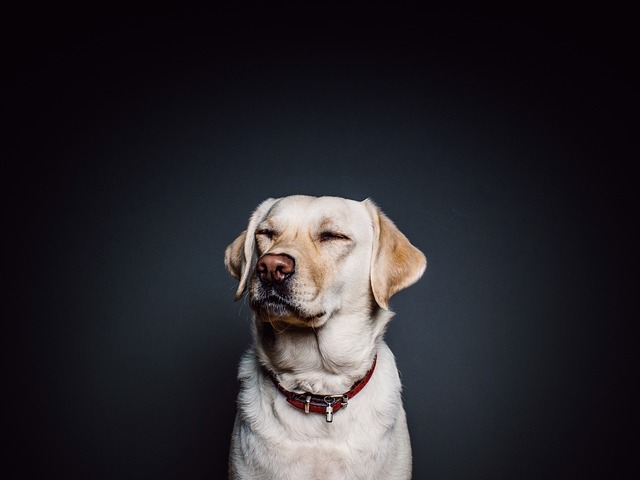
When we pick up the scissors and prepare to trim the hair of our furry babies at home, we are full of expectations and a little nervous. Looking at the trusting eyes of the dogs, we all hope to create a comfortable and beautiful look for them.